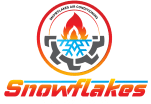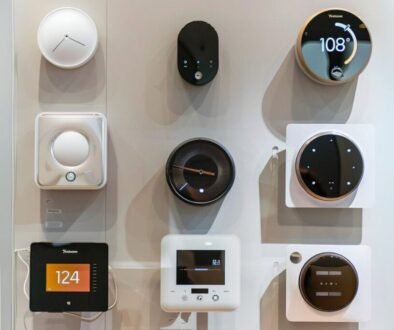HVAC Troubleshooting: DIY Fixes for Common Issues
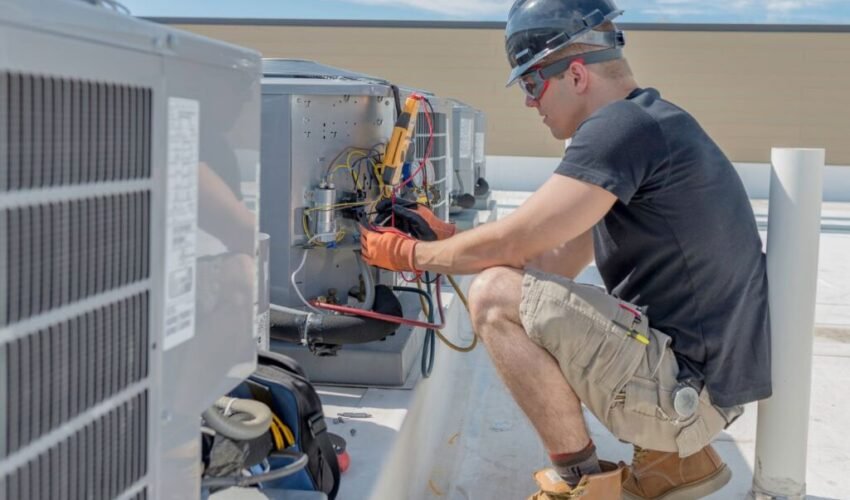
Published October 14, 2023
Is your HVAC system acting up and causing discomfort in your home? Don’t panic! Many common HVAC problems can be resolved with a bit of troubleshooting and a few simple fixes.
In this article, we will guide you through some of the most common HVAC issues. We will provide DIY solutions to help you get your system back in working order.
Understanding HVAC Troubleshooting
When your HVAC system malfunctions, it’s usually due to one or more components not functioning properly. Identify the symptoms and understand the potential causes. This way, you can narrow down the problem and find an appropriate solution.
Common HVAC/AC Problems and DIY Fixes
1. Insufficient Cooling
If your central air conditioning system is not cooling your home adequately, there are a few things you can check:
- Check the thermostat: Ensure that your thermostat is set to the desired temperature and is functioning correctly.
- Clean or replace the air filter: A dirty or clogged filter can restrict airflow and reduce cooling efficiency. Clean or replace the filter regularly.
- Inspect the outdoor unit: Ensure the outdoor unit is clean and debris-free. Trim any foliage that may be obstructing the airflow.
- Check for refrigerant leaks: Low refrigerant levels can lead to insufficient cooling. If you suspect a refrigerant leak, contact a professional HVAC technician.
2. Uneven Cooling
If certain areas of your home are cooler or warmer than others, you may have an issue with air distribution. Here are a couple of DIY fixes to consider:
- Check the air vents: Ensure all air vents throughout your home are open and unobstructed. Blocked vents can disrupt proper airflow.
- Balance the dampers: If dampers are installed in your ductwork, adjust them to balance the airflow between different rooms.
3. Noisy HVAC System
Unusual noises coming from your HVAC system can be a sign of underlying issues. Here’s what you can do:
- Inspect the fan blades: Loose or damaged fan blades can cause rattling or squealing noises. Tighten any loose screws or replace damaged blades.
- Check the motor and blower assembly: Lubricate the motor and blower assembly. Follow the manufacturer’s instructions. If the noise persists, consult a professional technician.
4. HVAC System Not Turning On
If your HVAC system fails to turn on, try these troubleshooting steps:
- Check the power supply: Verify that the system is receiving power. Check the circuit breaker and ensure that the power switch is turned on.
- Inspect the thermostat: Make sure the thermostat has power and is set to “Cool” or “Heat,” depending on your needs.
5. Poor Airflow
If you notice weak airflow coming from your vents, try these troubleshooting steps:
- Check the air filter: A dirty or clogged filter can restrict airflow. Clean or replace the filter if necessary.
- Inspect the ductwork: Look for any visible signs of blockage or damage in the ductwork. Clear away any obstructions and seal any leaks or gaps.
6. Constant Cycling
If your HVAC system frequently turns on and off, it could mean an underlying issue:
- Check the thermostat settings: Ensure that the thermostat is set to a stable temperature. It should not fluctuate unnecessarily.
- Clean the condenser unit: Dust and debris can accumulate on the outdoor condenser unit, affecting efficiency. Gently clean the unit and remove any obstructions.
Related: Why Your AC Compressor Keeps Turning On and Off – Ask The Experts
7. Strange Odors
If you detect unusual odors coming from your HVAC system, consider the following:
- Check for mold or mildew: Inspect the evaporator coil, drip pan, and air ducts for any signs of mold or mildew. Clean and disinfect the affected areas.
- Replace the air filter: A dirty or old air filter can cause musty odors. Replace the filter regularly to maintain fresh air quality.
8. High Energy Bills
If your energy bills have suddenly spiked, your HVAC system might be the culprit:
- Inspect for air leaks: Check for gaps or cracks around windows, doors, and ductwork. Seal them properly to prevent conditioned air from escaping.
- Schedule regular maintenance: A poorly maintained HVAC system can consume more energy. Regular maintenance can optimize its efficiency and save energy.
Central Air Troubleshooting Tips
1. Check the air filter
A dirty or clogged air filter can restrict airflow and affect the system’s performance. Clean or replace the filter if necessary.
2. Check the circuit breaker
Ensure that the circuit breaker for the HVAC system is not tripped. Reset it if needed.
3. Verify power supply
Ensure there hasn’t been a power outage and the HVAC system receives power. Check the thermostat batteries as well.
4. Inspect vents and ductwork
Look for any blockages or obstructions in the vents or ductwork. Clear away debris or possible sources of restriction.
5. Check for unpleasant smells
If you notice unusual odors, it could indicate a problem with the HVAC system. Inspect mold, mildew, or other odor sources and address them accordingly.
6. Listen for loud noises
Unusual or loud noises coming from the HVAC system can be a sign of a mechanical issue. Schedule a professional inspection to diagnose and resolve the problem.
7. Central Air Troubleshooting
When troubleshooting central air conditioning problems, it’s essential to consider various factors. Here are some common issues and potential solutions:
8. Dirty Air Filter
Check the air filter and clean or replace it if it’s dirty or clogged. A dirty filter can restrict airflow, affecting cooling performance.
9. Thermostat Settings
Ensure the thermostat is set to the desired temperature and in cooling mode. Check the batteries and clean any dirt or debris on the thermostat.
10. Circuit Breakers
Check the circuit breakers for the air conditioner unit. Make sure they are not tripped. Reset if necessary.
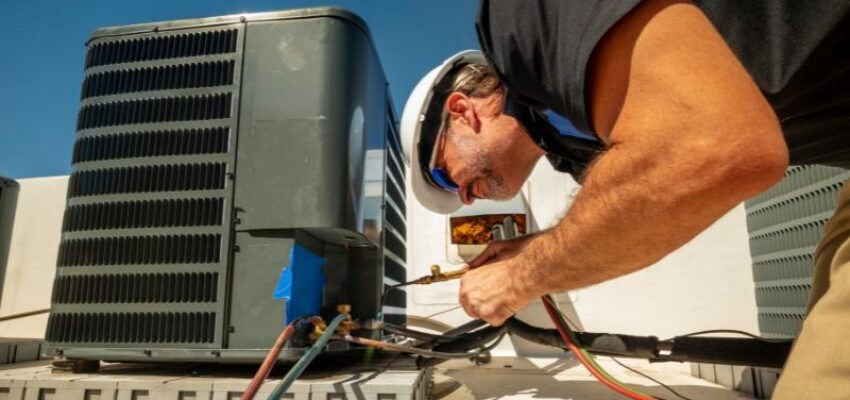
11. Outdoor Unit
Inspect the outdoor unit for any visible issues. Clear away debris such as leaves, dirt, or obstructions blocking airflow.
12. Power Source
Verify that the air conditioner unit is receiving power. Check the electrical connections and make sure there are no loose wires.
13. Low Refrigerant Charge
Low refrigerant levels could be the culprit if the air conditioner isn’t cooling correctly. Contact a professional HVAC technician to check and recharge the refrigerant if needed.
14. Thermostat Malfunction
This can cause issues with temperature control. Consider recalibrating or replacing the thermostat if necessary.
Related: How Much Does HVAC Installation and Replacement Cost?
HVAC Troubleshooting Chart
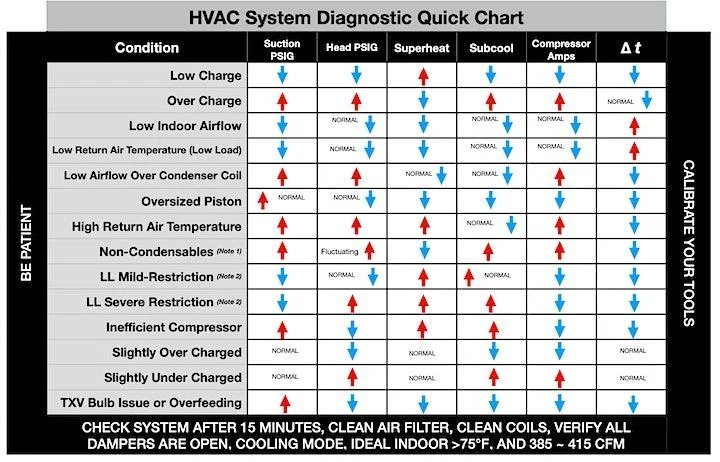
Source: AllEvents.in
Wrapping it up
Following these DIY troubleshooting tips, you can address common HVAC issues without professional assistance. However, if you are unsure about performing any repairs or if the problem persists, it’s always best to contact a qualified HVAC technician for further assistance.
Remember, regular maintenance and proper care can help prevent many HVAC problems. Consider scheduling annual maintenance appointments with a professional to keep your system running smoothly and efficiently.
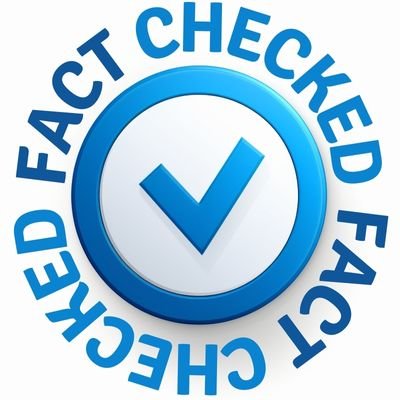
This Content Is Fact Checked
This content has undergone thorough fact-checking by our team of internal experts. Gain further insight into the editorial standards upheld on our website here.
South Florida HVAC Professionals
Snowflakes Air Conditioning has been providing professional HVAC services for over 10 years. We are committed to keeping your air conditioner running smoothly all year round. Our experienced technicians can handle anything from AC repair to sales and AC installation. Whether it’s time for an upgrade or just regular upkeep, we are a name you can trust for your HVAC needs. Contact us today for more information.

About The Author
Meet writer Rei Bayucca, an HVAC and construction industry enthusiast. Discover insightful articles designed to help you solve your most pressing problems. Rei can captivate you with expertly crafted content that will leave you hungry for more.
